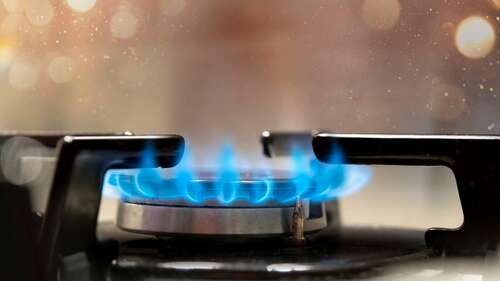
Electric appliances typically have an edge when considering safety and will always be safer than gas appliances. However, by taking a few precautionary measures, you can safely use a gas appliance.
Firstly, ensure that your home, especially your kitchen is well-ventilated. This is because gas appliances like stoves, regardless of whether they’re in use or idle, emit nitrogen oxides, and methane, among other harmful gases.
If installed incorrectly, gas appliances may produce dangerous amounts of carbon monoxide, which is an invisible and odorless toxic gas. According to the CPSC, CO concentrations above 200 ppm could even lead to death. Therefore, alongside a proper ventilation system, you should also invest in a carbon monoxide detector. Sure, it’ll add to the cost but it is necessary as a carbon monoxide detector will immediately alert you if any strange build-up of CO is detected.
Since appliances that aren’t maintained well or installed properly could cause gas leaks, or carbon monoxide poisoning, it’s a good idea to get your gas appliances inspected regularly. We also recommend spending a few extra bucks getting your appliances installed by professionals instead of doing it yourself to minimize the risk of gas leaks and fires.
While electric appliances appear safer on the surface since there’s no free gas flowing into your apartment, you need to be cautious with both electric and gas appliances. Although you won’t have to worry about carbon monoxide poisoning or leaks with electrical appliances, they do carry a risk of fire and electrocution if not installed and maintained properly. Neither type of appliance can be deemed entirely safe unless you are extremely careful installing and using it.

